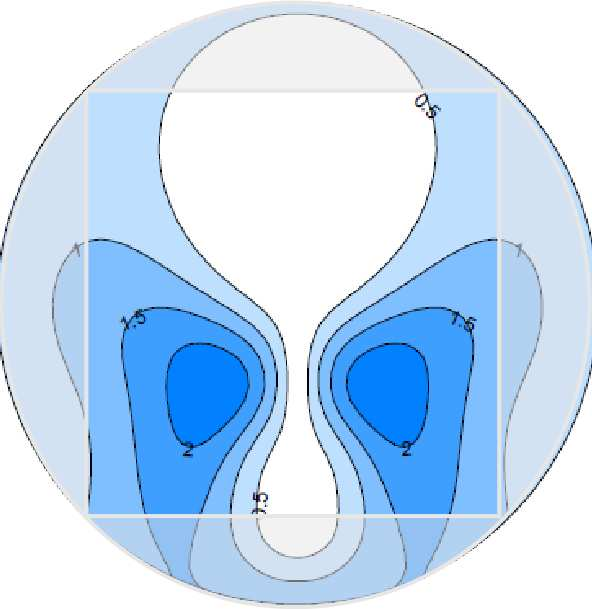Purpose: The purpose of this study is to present a framework to predict visual acuity (VA) based on a convolutional neural network (CNN) and to further to compare PAL designs. Method: A simple two hidden layer CNN was trained to classify the gap orientations of Landolt Cs by combining the feature extraction abilities of a CNN with psychophysical staircase methods. The simulation was validated regarding its predictability of clinical VA from induced spherical defocus (between +/-1.5 D, step size: 0.5 D) from 39 subjectively measured eyes. Afterwards, a simulation for a presbyopic eye corrected by either a generic hard or a soft PAL design (addition power: 2.5 D) was performed including lower and higher order aberrations. Result: The validation revealed consistent offset of +0.20 logMAR +/-0.035 logMAR from simulated VA. Bland-Altman analysis from offset-corrected results showed limits of agreement (+/-1.96 SD) of -0.08 logMAR and +0.07 logMAR, which is comparable to clinical repeatability of VA assessment. The application of the simulation for PALs confirmed a bigger far zone for generic hard design but did not reveal zone width differences for the intermediate or near zone. Furthermore, a horizontal area of better VA at the mid of the PAL was found, which confirms the importance for realistic performance simulations using object-based aberration and physiological performance measures as VA. Conclusion: The proposed holistic simulation tool was shown to act as an accurate model for subjective visual performance. Further, the simulations application for PALs indicated its potential as an effective method to compare visual performance of different optical designs. Moreover, the simulation provides the basis to incorporate neural aspects of visual perception and thus simulate the VA including neural processing in future.
翻译:目的:本研究的目的是提出一个框架,用以根据一个神经神经变异网络(CNN)预测直观度(VA),并进一步比较PAL设计。方法:一个简单的两个隐藏层CNN接受了培训,通过将CNN的特征提取能力与心理物理楼梯方法相结合,将Ladolt Cs的偏差方向分类。模拟的结果是,从39个主观模拟的眼部(+/-1.5D,步数大小:0.5D)对VA临床VA的可预测性进行了预测。随后,一个通过普通直观硬体或软PAL设计来纠正了预视眼眼的模拟(VA+/1.5D,步数大小:0.5DD)。一个模拟模型显示,VA类前视眼变的直观眼镜已经通过普通直观或软PAL设计(2.5D)进行了校正。 Vland-Al-Alman的临床分析表明,对-LA类的精确度和正值的精确性能进行了限制(+/1.96SD),对VAL的精确度和正态变异性分析显示,对VAL的模拟区域进行了更接近性变异性反应,对结果进行了模拟。
















